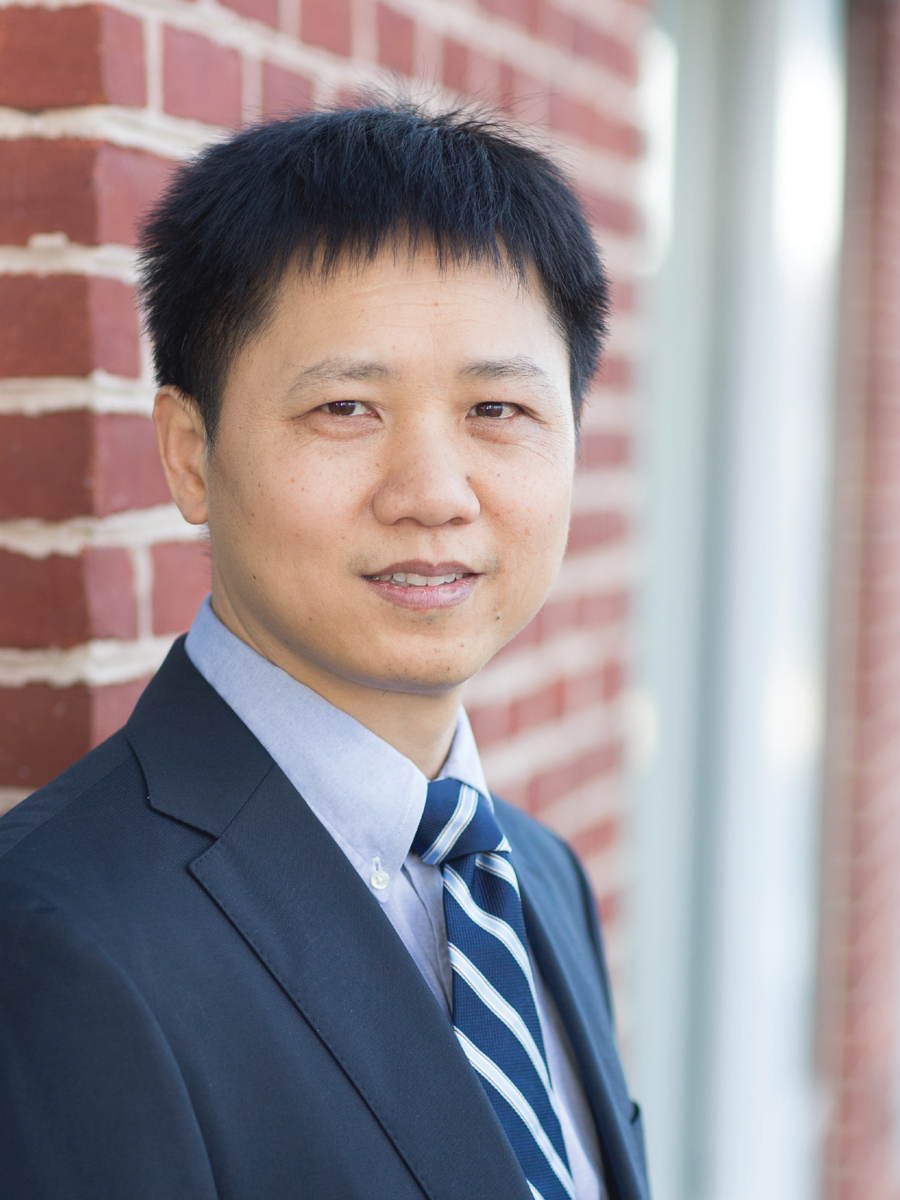For the continued support of Scenario Modeling Hub, we plan to leverage and extend both our existing modeling frameworks being used for COVID-19 policy support. UVA-EpiHiper is an agent-based model that leverages a detailed digital twin representation of the United States, along with individual level age-stratified representation of disease states and transitions. Non-pharmaceutical interventions are implemented as individual activity modifications, infectivity/susceptibility changes, and location closures. UVA-adaptive is a discrete time compartmental model at the county/state level, which incorporates effective vaccinations, time varying case ascertainment, and variant dynamics to calibrate to observed case rates and project forward under different conditions. It is built upon an open-source metapopulation framework, PatchSim, used in the past for modeling seasonal influenza and Ebola. For the most recent (Omicron) rounds, the SEIR dynamics has been significantly expanded to accommodate the multiple tiers of immunity due to vaccination and infections due to different variants.
Collaborative ensembles are more robust for policy making during times of pandemic uncertainty.
Model diversity in terms of spatiotemporal trajectories across different epochs require more careful analyses.
Executive Director
Distinguished Professor in Biocomplexity, Biocomplexity Institute
Professor of Computer Science, School of Engineering and Applied Science







